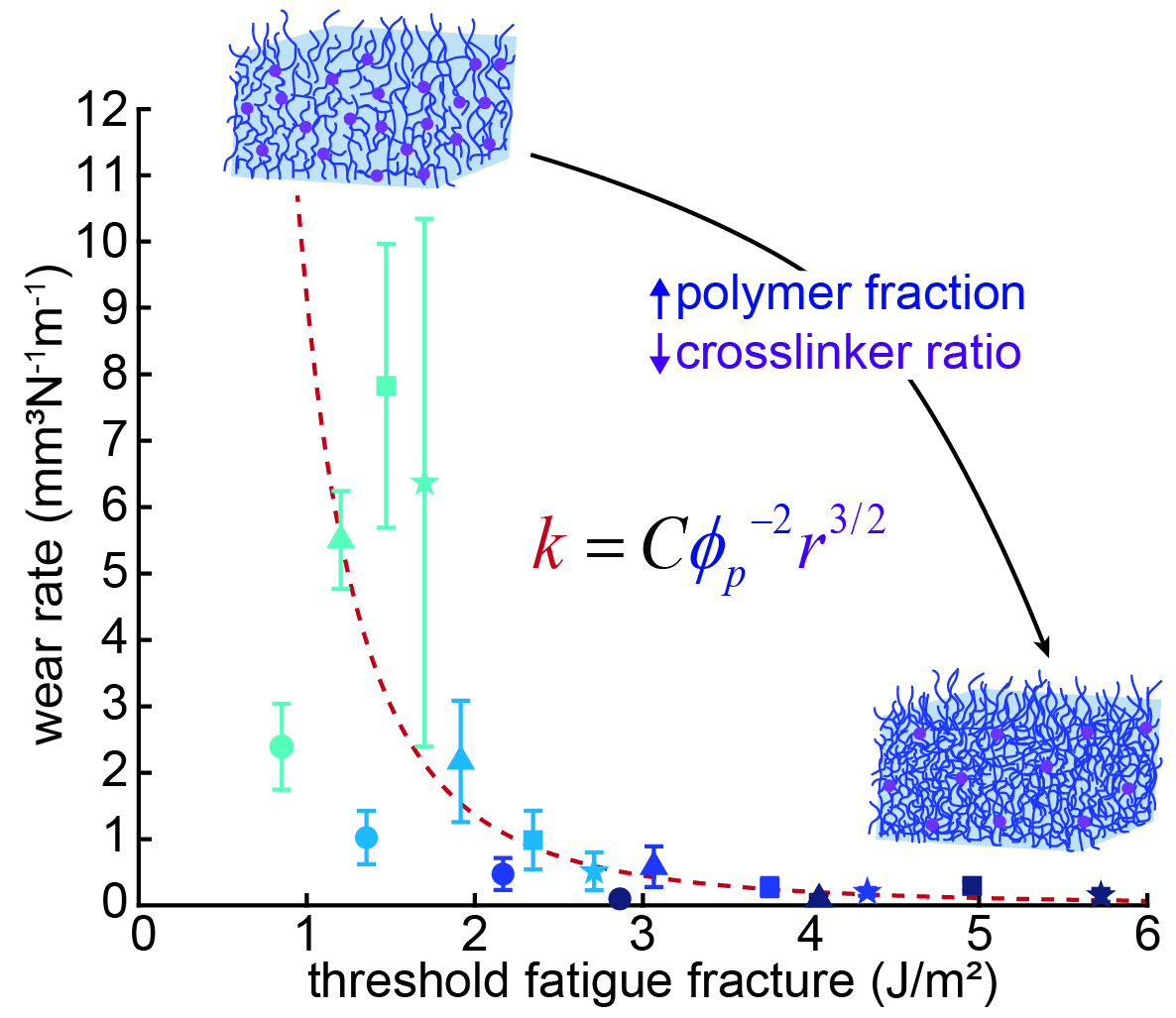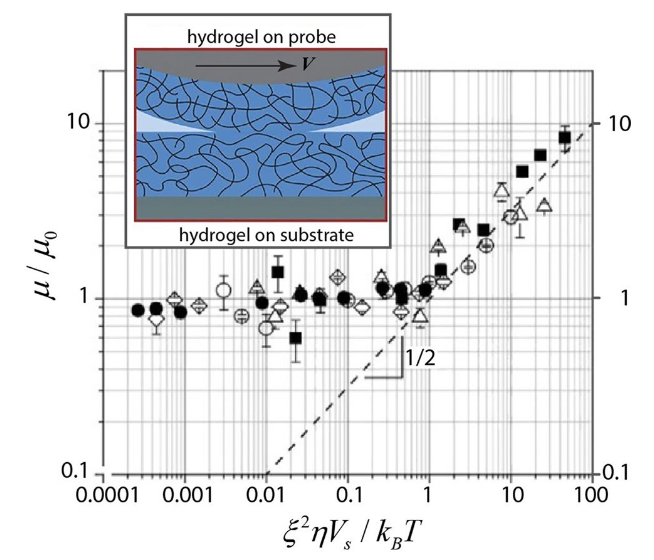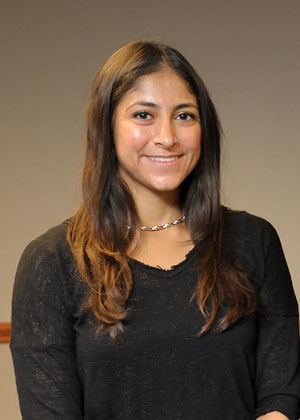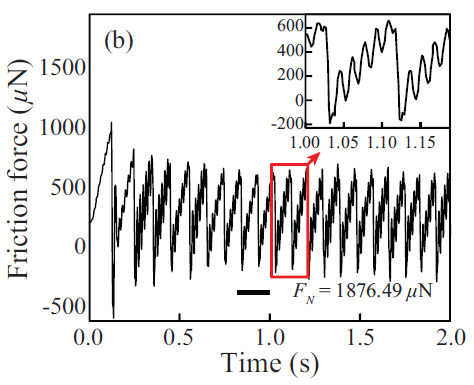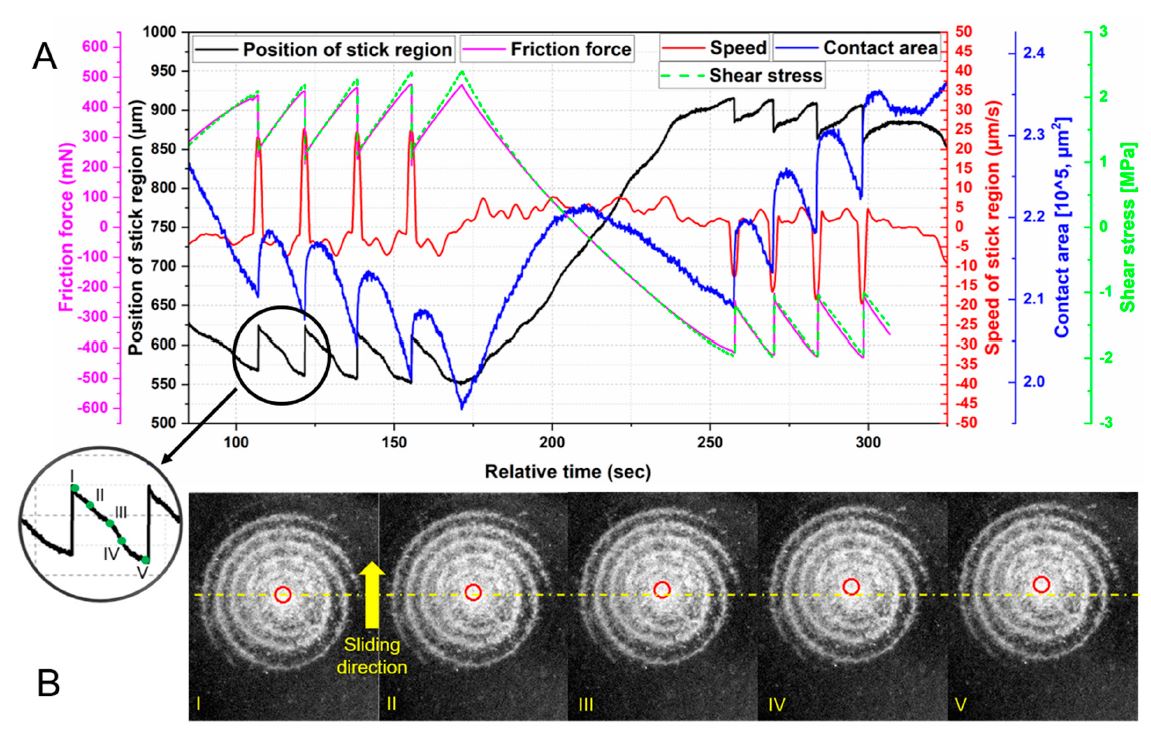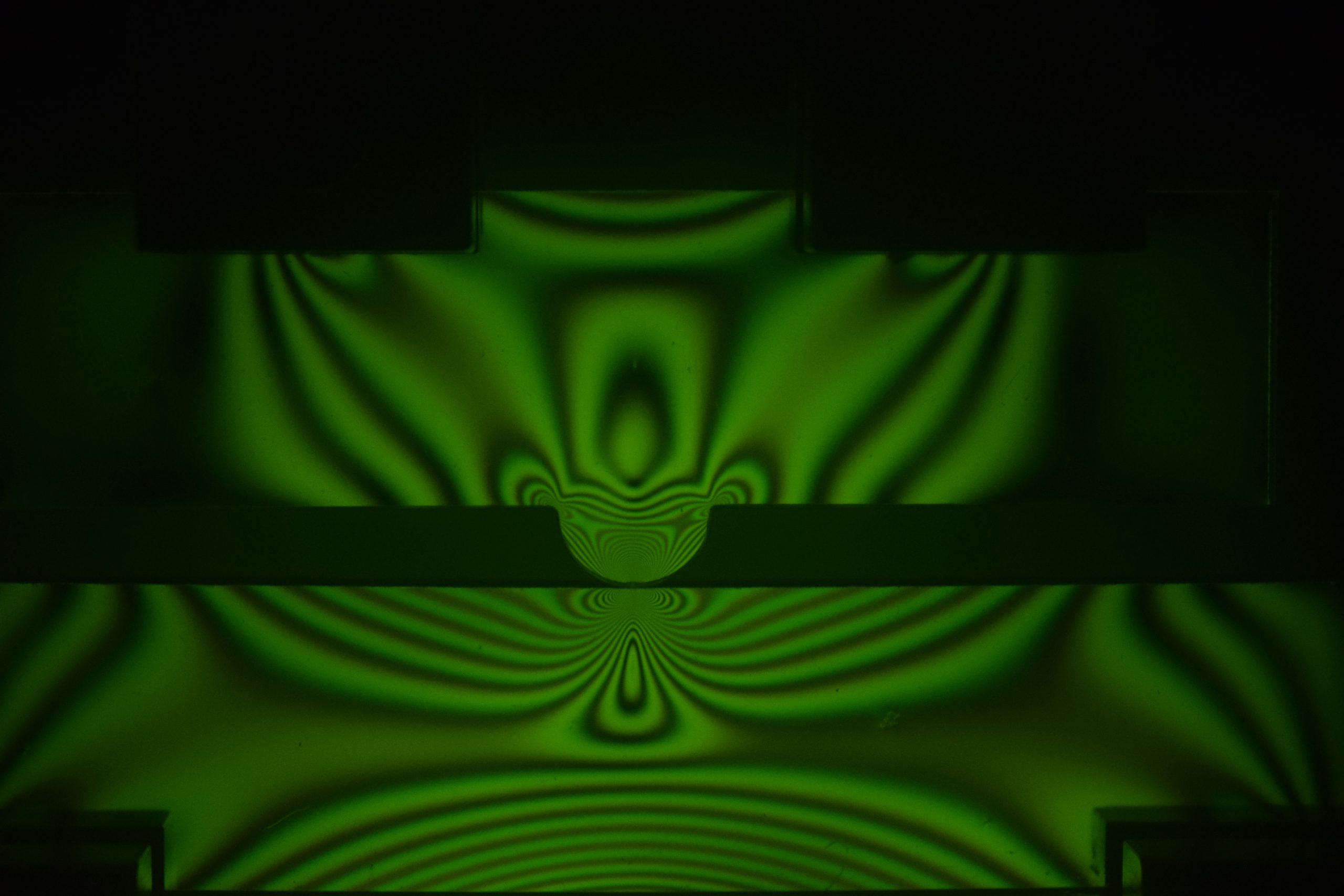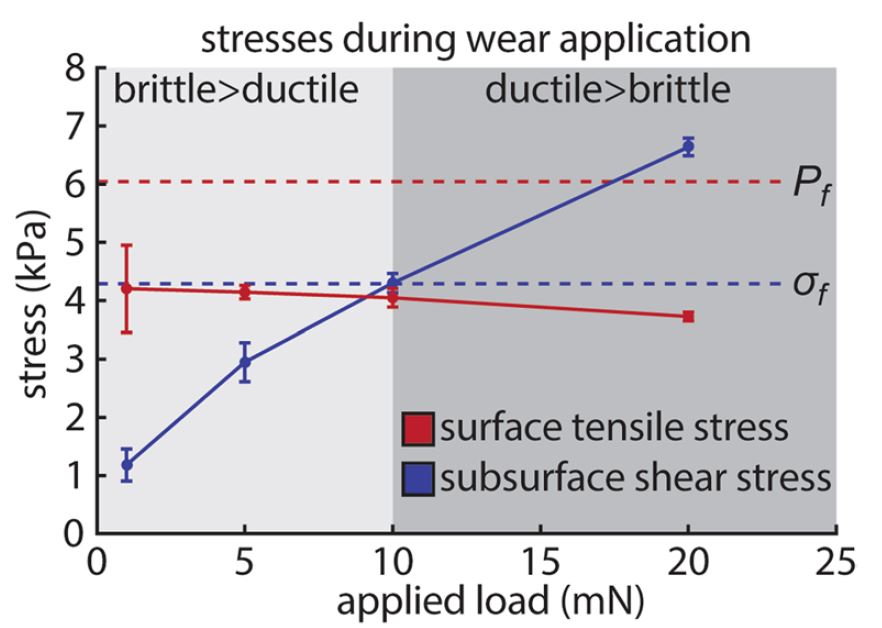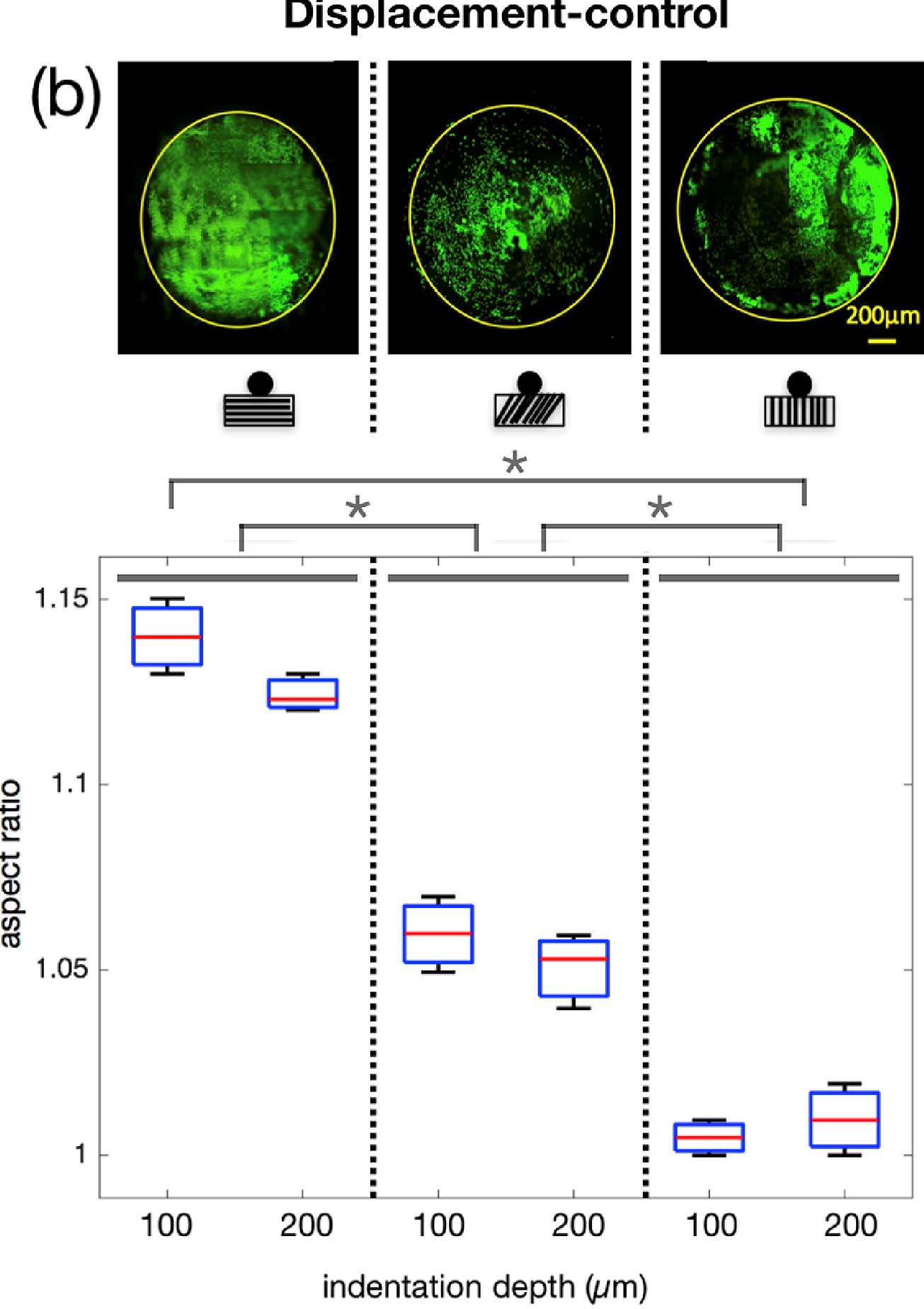Many researchers are aware that hydrogels, even a single kind of hydrogel (polyacrylamide) can be designed to have properties that range from brittle to viscoelastic. It’s truly a versatile material! As hydrogels are being considered as replacements for cartilage in the body, they need to be able to take a beating: they can’t break under […]
